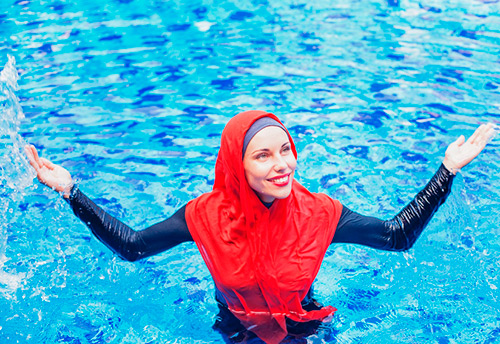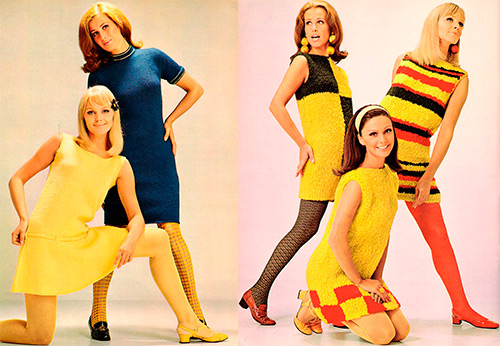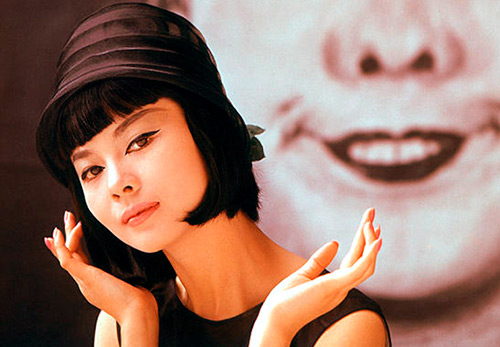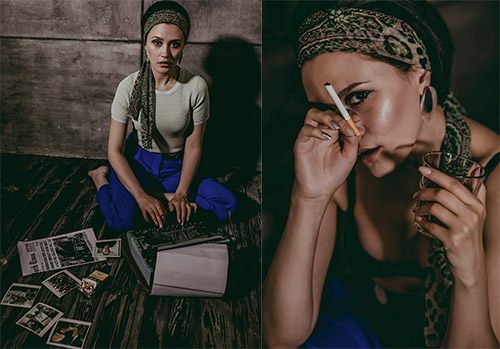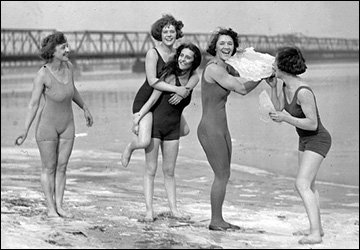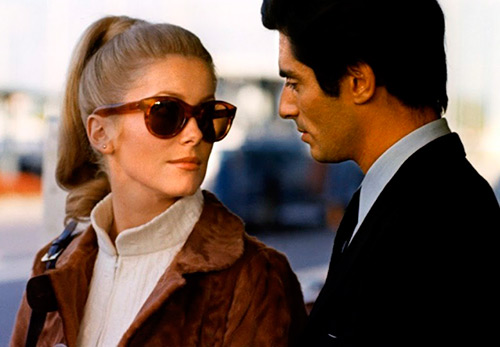Style
1960s fashion and hairstyles
The 1960s was the heyday of the fashion industry, a time of change, the time of the emergence of brands and a mass consumer society. Time is definitely bright and varied, both in fashion and in life.
In 1961, the first manned spacecraft was launched by the Soviet Union, then the Americans flew to the moon. The 1960s was the time of the Beatles and student unrest in Paris.

Soviet fashion - late 1960s
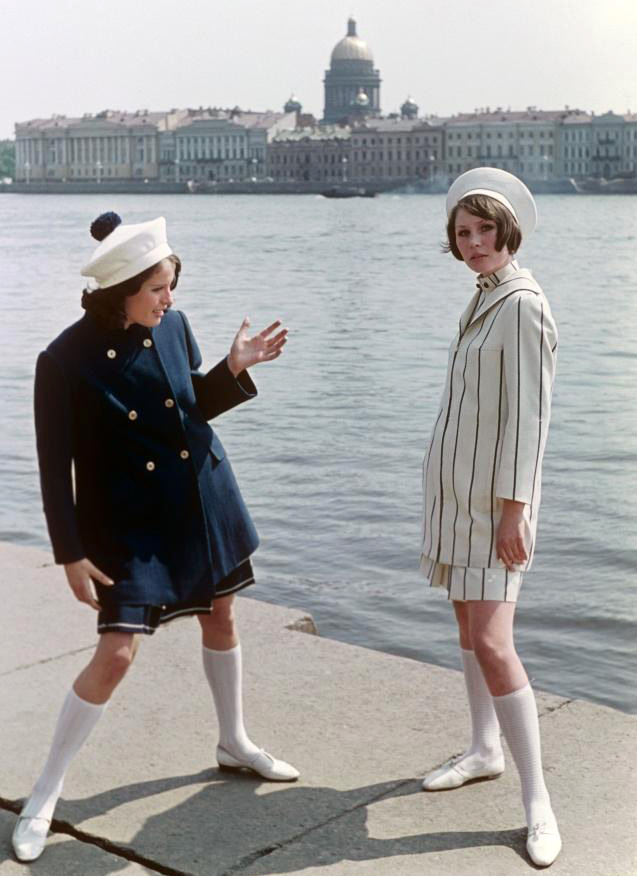
There are also radical changes in clothing. In the 1960s appears swimsuit monokini (one-piece swimsuit with deep cutouts on the sides). The bikini (a women's swimsuit made up of two separate elements) is in vogue. Although the bikini appeared much earlier - it was demonstrated on July 5, 1946 by the dancer from the Casino de Paris, Micheline Bernardini. And it got its name in honor of the Bikini Atoll, where the United States conducted nuclear tests a few days earlier.
Women are starting to wear both mini dresses and mini skirts. It is believed that the British designer Mary Quant introduced mini-skirts into fashion, who even won the title of Lady for the invention of the mini-skirt.
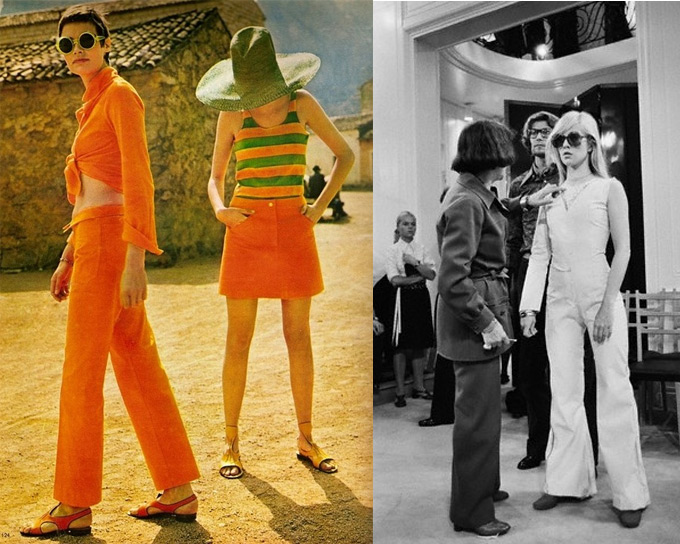
Pants are also becoming fashionable, now women wear them everywhere, and not just for sports. Trouser suits are becoming incredibly fashionable. The fashion designer André Courrej presents a women's evening trouser ensemble in Paris in 1964. Jeans are also included in everyday fashion. And also dresses A-silhouette.
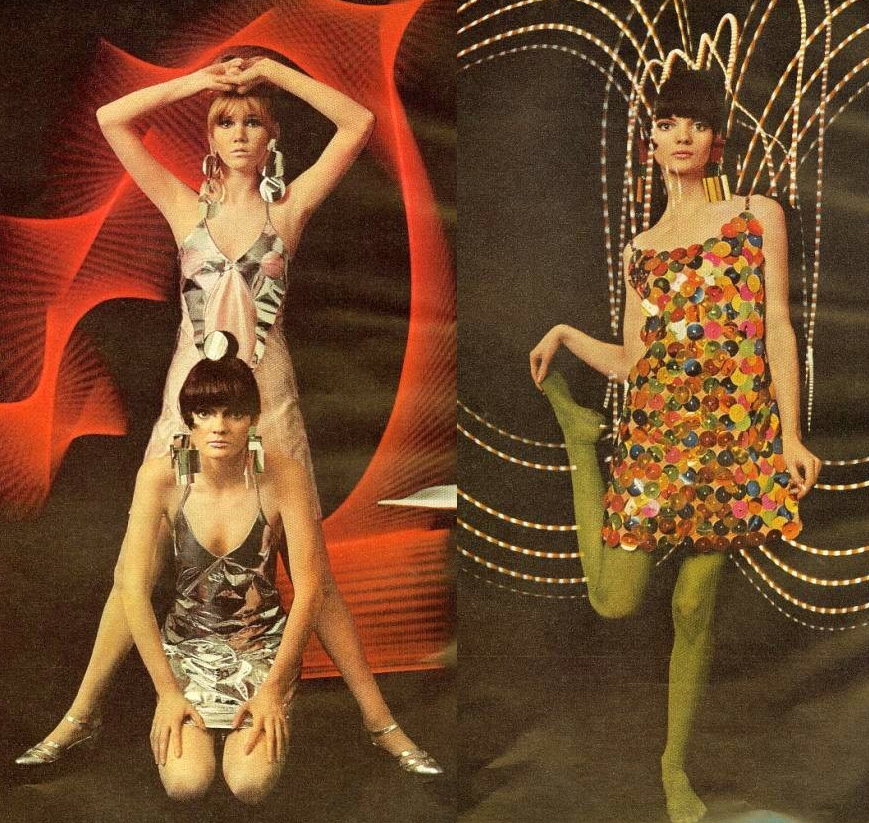
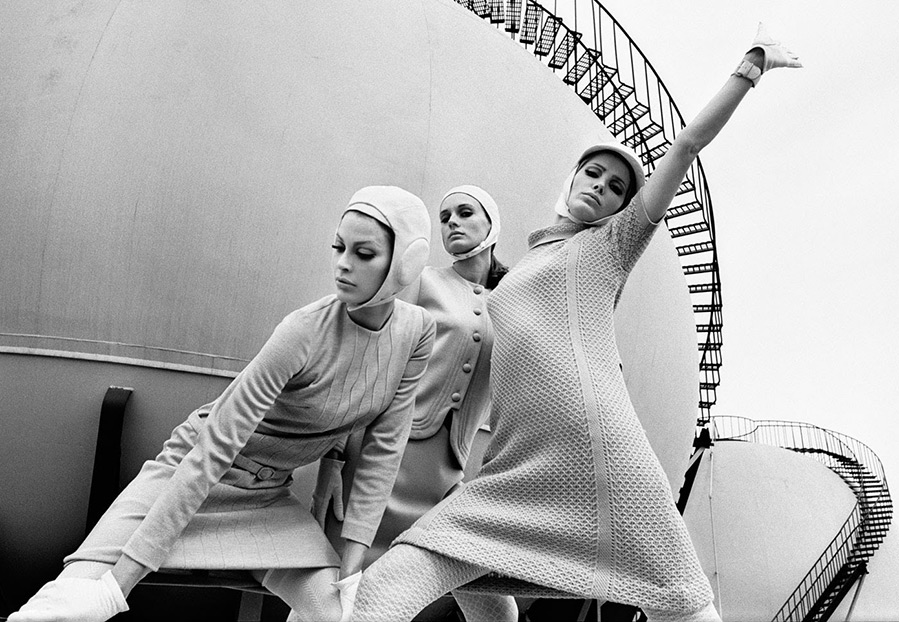
The 1960s was the time of creativity of fashion designers-innovators, fashion designers-inventors - Yves Saint Laurent, Pierre Cardin. It was Pierre Cardin who was the first Parisian couturier who began to sew a ready-made dress, and he is also considered the ancestor of the unisex style.
Yves Saint Laurent combined fashion and art in his collections, and also contributed to the emergence of "ethnic" fashion.
The 60s of the twentieth century are also the time of appearance synthetic materials, which are actively beginning to be used when sewing clothes.
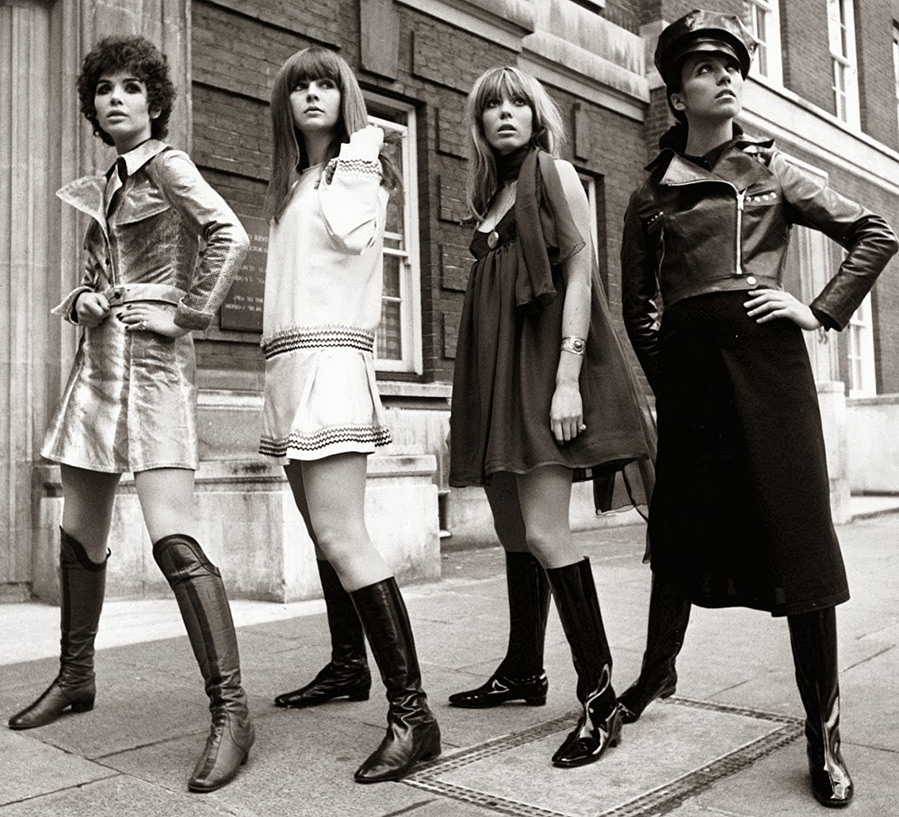
1960s fashion in London
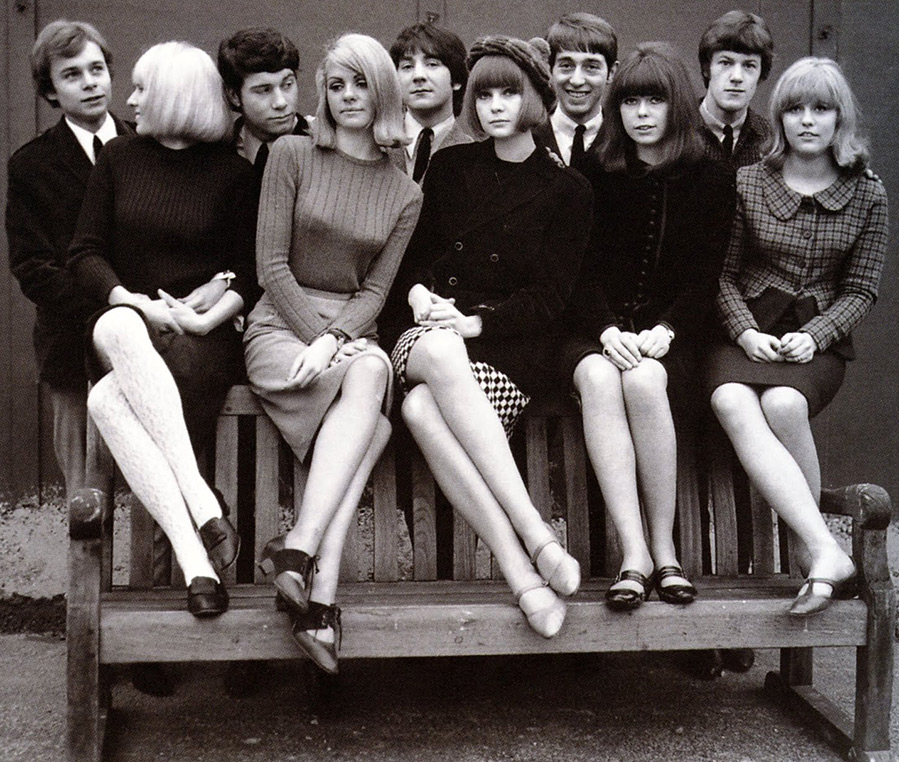
When it comes to fashion centers, London undoubtedly became the center of street and youth fashion in the 1960s.
In London, a youth subculture called Fashions appears (Eng. Mod - from modernist). The Mod's motto is elegance. Young people wear snow-white nylon shirts with narrow collars, perfectly fitting suits, thin ties, boots with narrow toes, faux leather jackets with zippers, white socks. And their favorite means of transportation are scooters. Since 1962, like the Mods, the Beatles began to dress in costumes. Girls who adhere to the Mod style wore trousers, men's shirts, flat-soled shoes and wore short haircuts.
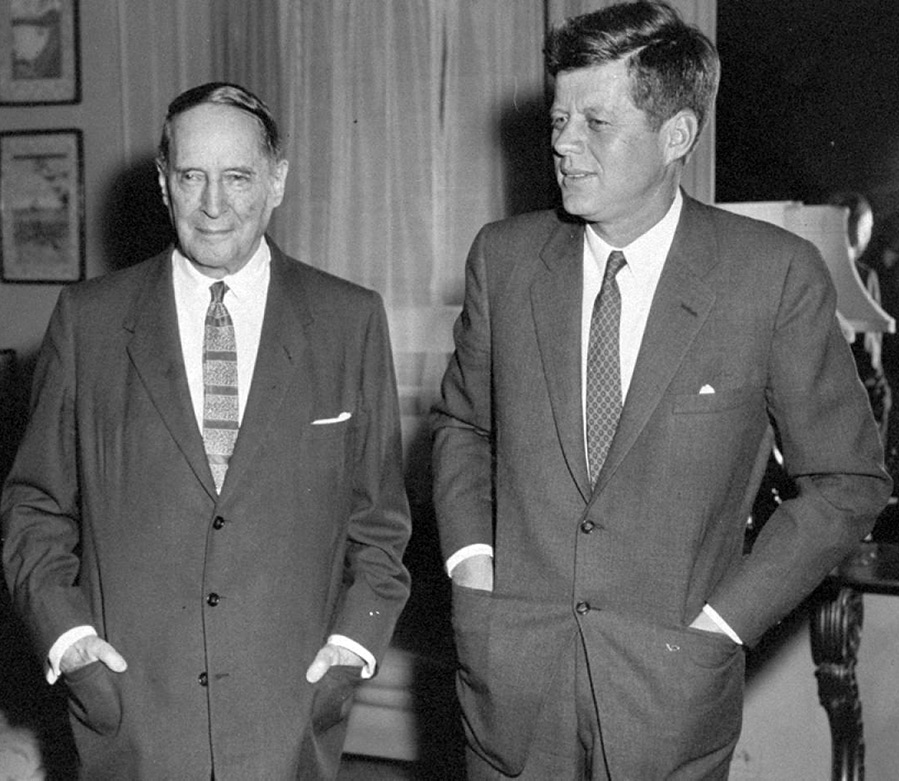
The men wear gray suits that become the real uniform of office workers. Mass production of men's suits begins. Black wool coats and felt hats, a tight tie, Oxford shoes, button-down collared shirts and loose long jackets are in vogue.
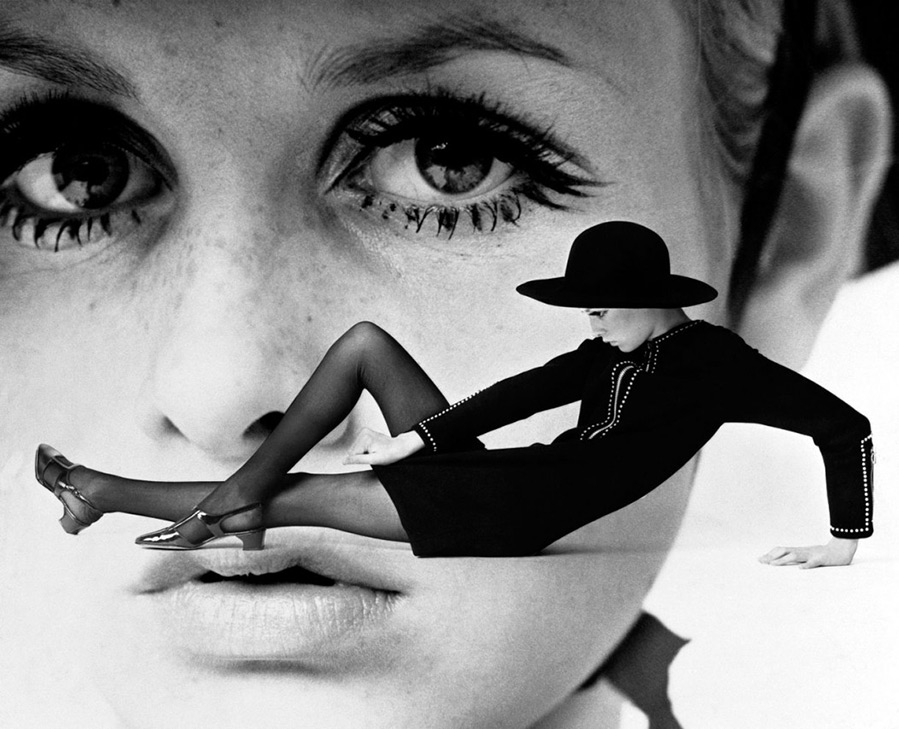
The 1960s style icons are as different and unlike each other as the fashion of that period itself - this is the fashion model Twiggy, and the wife of the President of the United States, Jacqueline Kennedy, and the actress Brigitte Bardot.
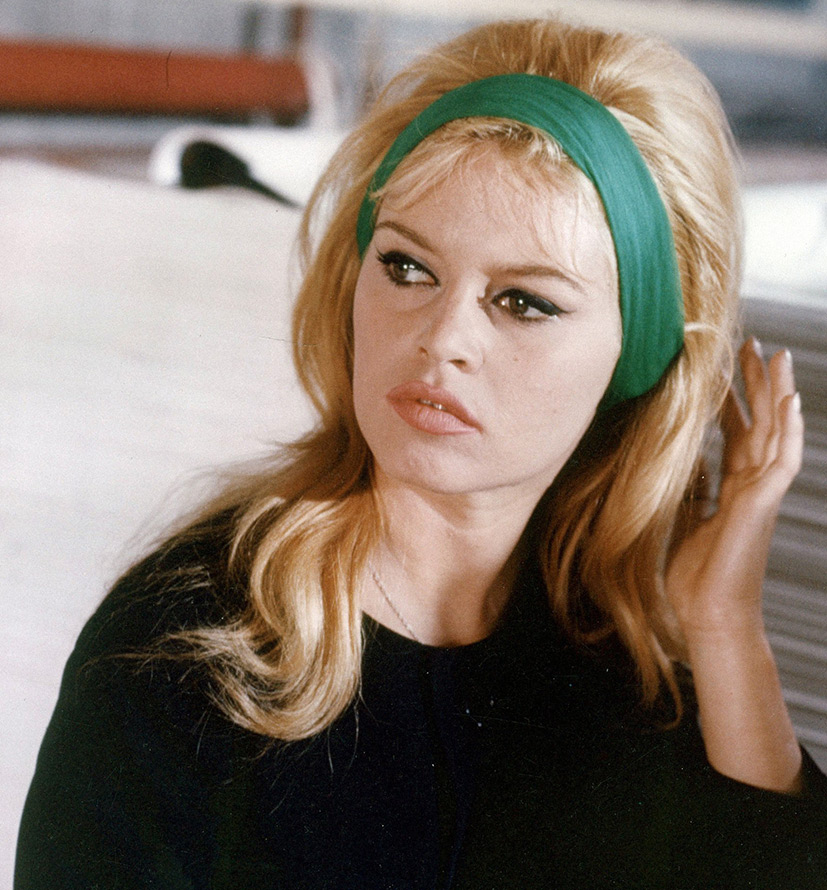
1960s hairstyles for women and men
Mid-twentieth century hairstyles are divided into two categories - brushed hairstyles, which are becoming fashionable after the appearance on the screens of the French film "Babette Goes to War" starring Brigitte Bardot. And the geometric haircuts fashioned by London hairdresser Vidal Sassoon. Geometric haircuts take first places in hairdressing competitions, but until the 1970s they remain in the background in everyday life - women of the 60s prefer bouffants. Hairstyles with chignons are also in vogue.
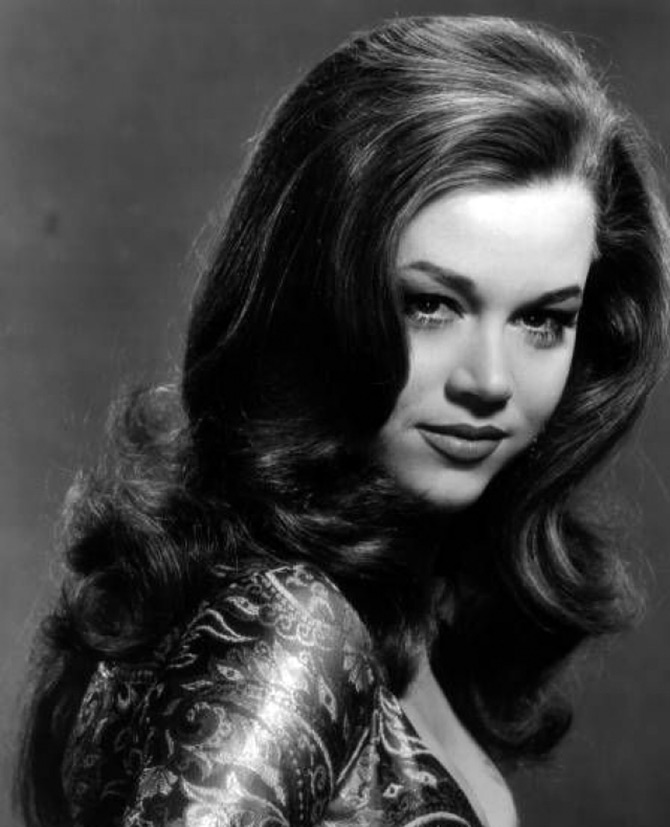
Jane Fonda 1963
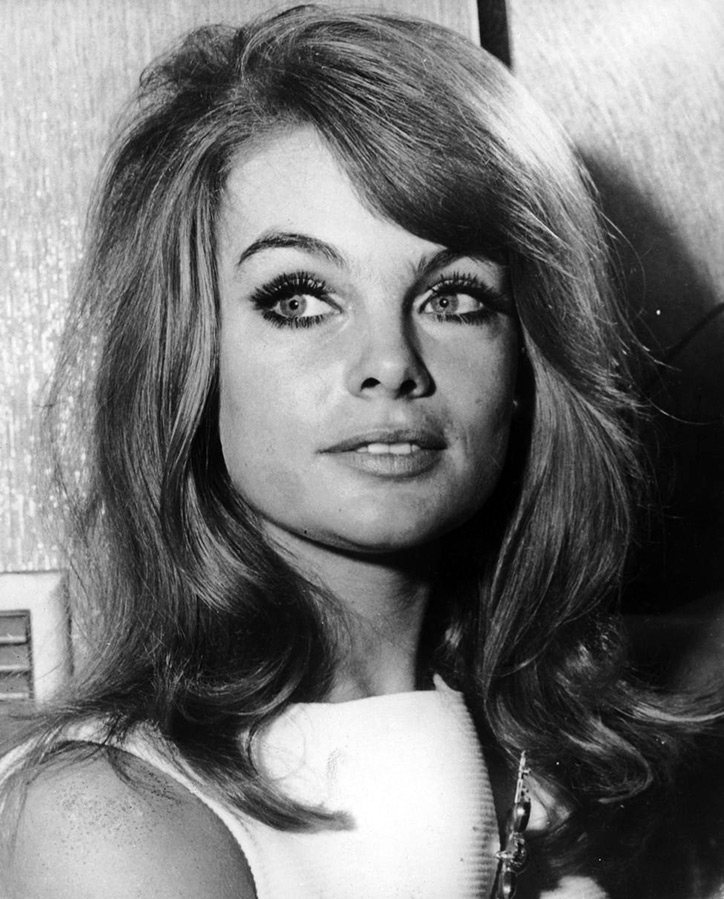
Jean Shrimpton 1965
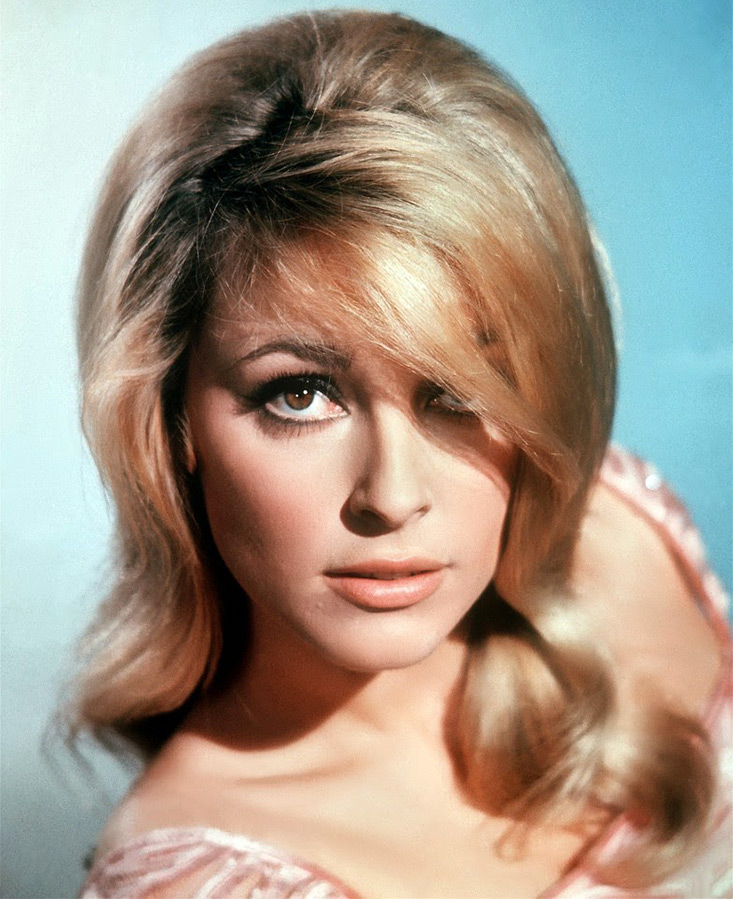
Sharon Tate 1965
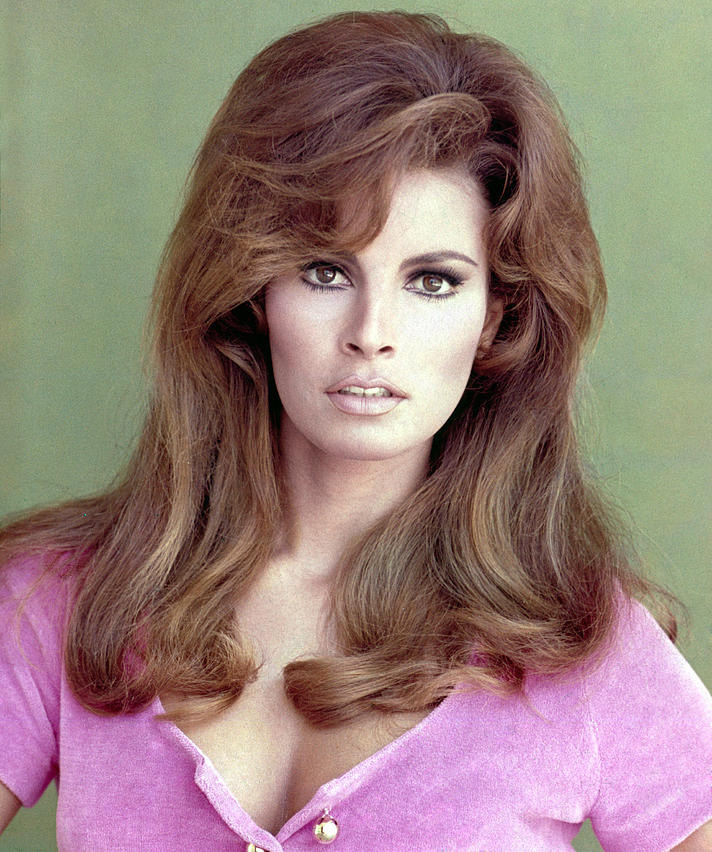
Raquel Welch 1967
High brushed hairstyles carry such names as "babette" (the hairstyle of Brigitte Bardot), "beehive" (hair was chopped off by invisibility in a circle on the top of the head, curled, each strand was combed and laid in a curl), "sugar head", "fluffy head" ... Brushed hairstyles are done on both short and long hair. The fashion for bouffant comes to the Soviet Union.
As for men's hairstyles, short hairstyles are still in fashion - "stepped" hairstyles with bangs. Young people, for example, hippies wear hairstyles with long hair. The Beatles' hairstyle is considered fashionable. They wear "Finnish boy", "Swedish boy" hairstyles (haircuts for medium hair).
The beard was also in vogue, which was called "Cuban" (another event that affected fashion - the revolution in Cuba in 1959), later - a small beard and a small mustache.
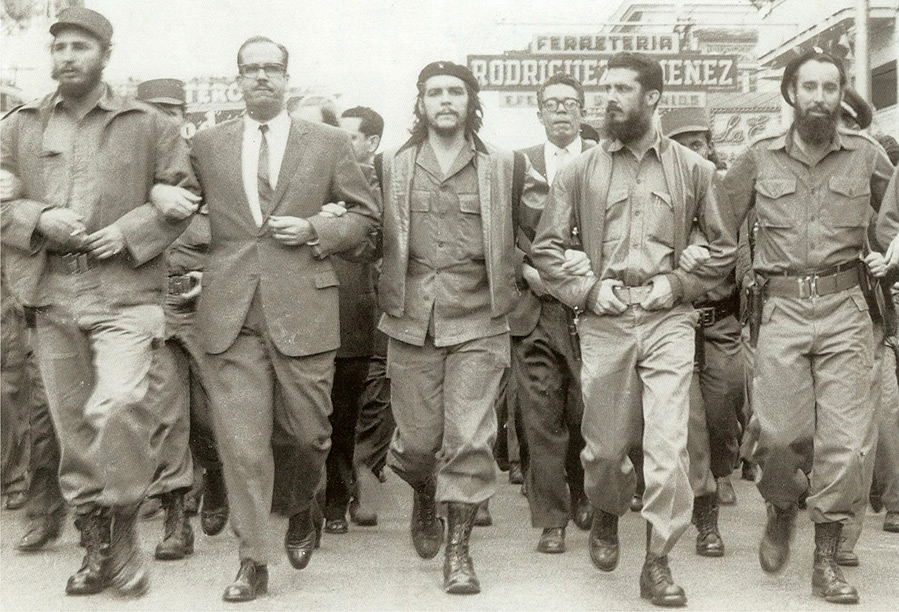
Comments and Reviews
Add a comment
Rating news
Shades of clothing that make women look younger
What shades of hair make women younger: rules and photos
Funny wedding dresses - photos and ideas
12 most expensive down jackets for the winter
How to look 25 at 40: tips from supermodels
Beautiful schoolgirls
Anti-aging haircuts and hairstyles for women
Fashionable skirts for autumn and winter
Fashionable women's trousers for the cold season
Fashionable and stylish sandals for summer 2024
Spring-summer 2024
 Fashionable dresses and tops with thin spaghetti straps
Fashionable dresses and tops with thin spaghetti straps
 Bandana tops: how to wear stylishly and beautifully
Bandana tops: how to wear stylishly and beautifully
 How to put together the perfect men's wardrobe for the summer
How to put together the perfect men's wardrobe for the summer
 Trendy shorts for spring-summer 2024
Trendy shorts for spring-summer 2024
 Fashionable skirts for spring-summer 2024: a guide to online shopping
Fashionable skirts for spring-summer 2024: a guide to online shopping
 The most fashionable dresses spring-summer 2024: styles and colors
The most fashionable dresses spring-summer 2024: styles and colors
 Fashionable total look 2024: image ideas and trends
Fashionable total look 2024: image ideas and trends
